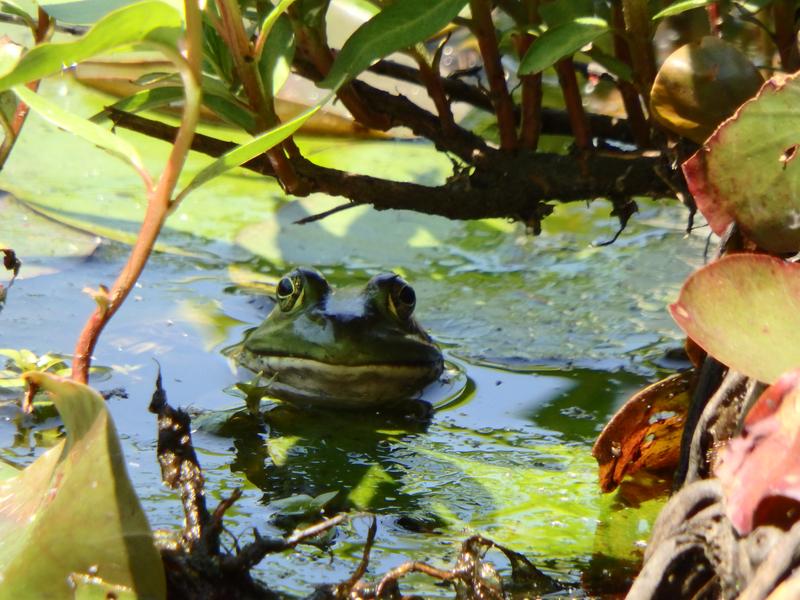
Once a month since April, a group of volunteers has been hiking through Staten Island’s High Rock Park, listening closely for frog croaks.
The final trip of the season took place last Wednesday, with a group of more than a dozen eager frog-watchers. Before the group set out, they listened to recordings of four different frog species: the gray tree frog, the green frog, the bullfrog, and the spring peeper.
Monitoring can begin a half-hour after the sun sets, and typically takes place at a lake, swamp, or other waterway. The group makes notes on variables like the time, temperature, and whether it’s rained recently. Then, they listen silently for three minutes. Afterwards, they discuss what they’ve heard, and mark the intensity of the call from 1 to 3. A "1" indicates one call, or croak, at a time. A "3" indicates a continuous chorus.
The walks are part of a national effort to track frog populations, known as FrogWatchUSA. The croak rating system helps researchers determine the prevalence of different species, and allows them to determine if which frogs are on the rise or in decline. For example, the gray tree frog was re-introduced about two miles from here in the 1990s; when the Frog Watch group heard its call earlier this season, members knew the re-introduction was successful.
And the data can help lead to better conservation policy, too.
“I think the things that caused a lot of the decline in the population since the '70s, you know the habitat loss, the climate change, some of the pollution,” said Jessica Kratz, the coordinator of the Greenbelt Nature Center, which works in partnership of the New York City Department of Parks and Recreation. “I think things have leveled off and I think people are more mindful."
To hear audio of the group’s final Frog Watch of 2017, click on the player above.


